French Oak vs American Oak: Understanding Wine Barrel Differences
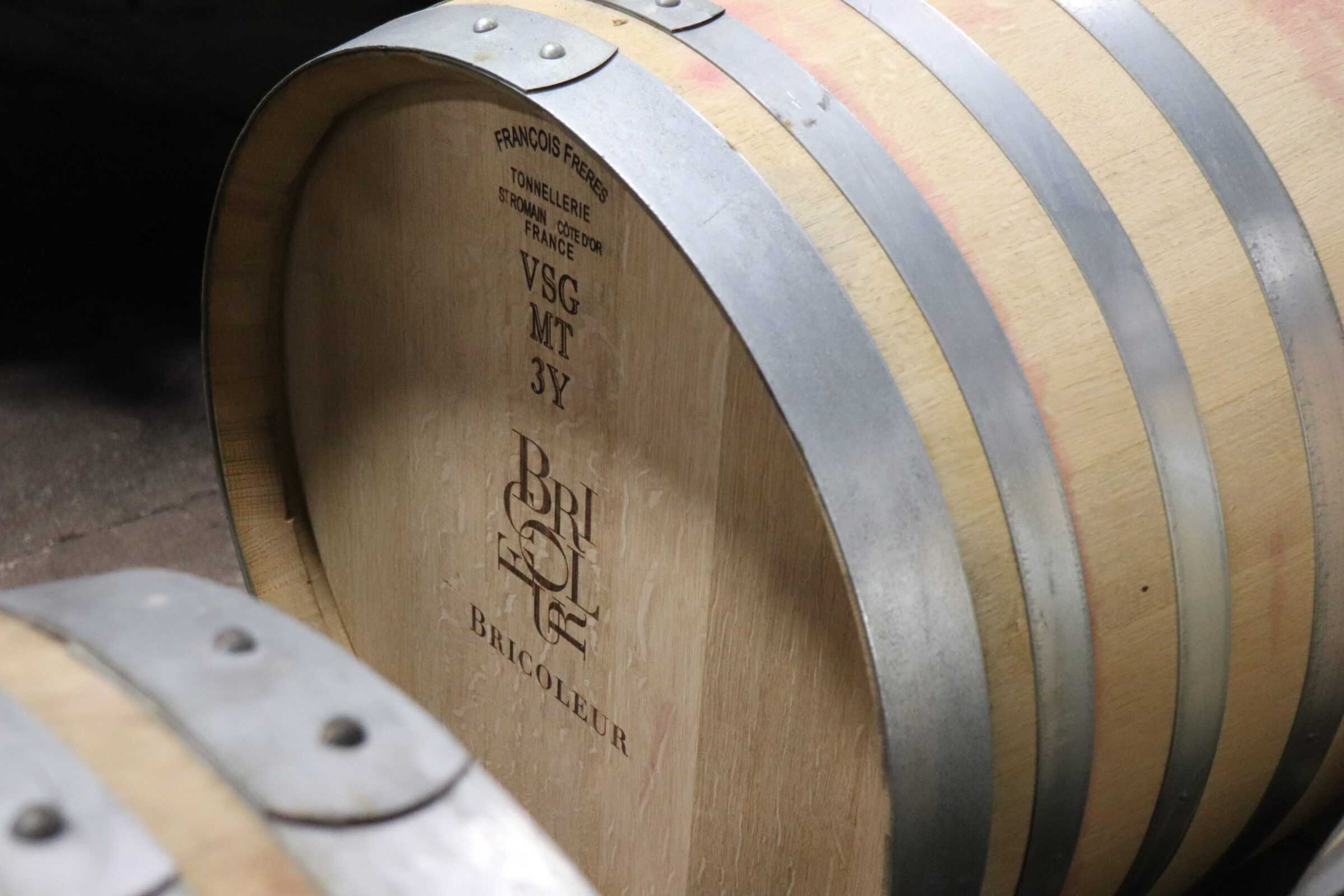
Picture this: you’re in a quaint, rustic vineyard. The season of harvest is upon us, and the atmosphere carries a delectable fragrance of freshly-picked grapes. As your eyes wander around, they settle on rows upon rows of Oak barrels stacked neatly in cellars.
You’ve probably heard about Oak-aged wines before – their complexity and depth that whispers tales from the heartwood itself.
But have you ever stopped to wonder what differentiates Oak types – French Oak from American Oak? And why do some winemakers swear by one over the other?
Well, grab a glass of your favorite vino because we’re diving deep into an age-old debate within wine circles: French vs American Oak .
We’ll explore everything – from how these Oaks shape wine flavors right down to why geographical factors like climate matter so much! And trust me; it’s more than just geography at play here!
Understanding the Basics of Oak in Winemaking
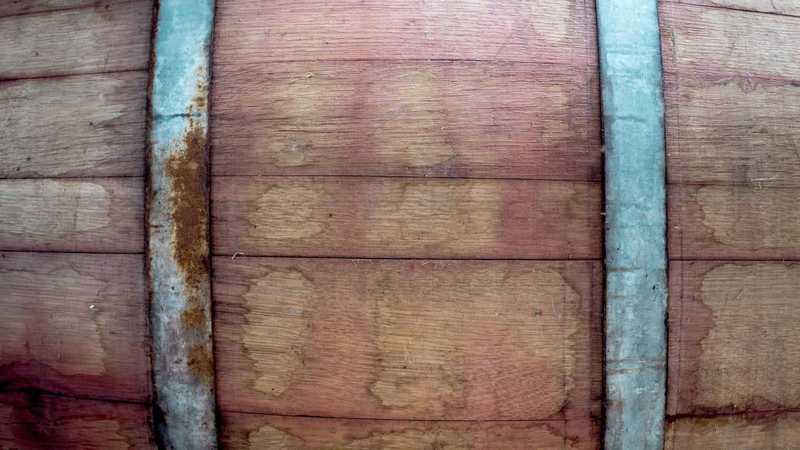
The journey from grape to glass is a fascinating one, and Oak plays a crucial role. Not just any wood will do when it comes to aging wine; Oak has been the top choice for centuries.
Due to its unique cellular makeup and natural wood compounds, Oak barrels impart complex flavors and textures that are critical to the overall taste and structure of a wine.
Oak flavors and aromas come from natural wood sugars and other compounds in the Oak’s vessel-filled layers.
Texture comes from tannins in the Oak, present in its fibrous wood layers.
But all Oaks aren’t created equal. There are two key players in winemaking: French and American Oak, each bringing its own flair. But why does this matter? It’s simple – different Oak types give different notes .
French Oak: Subtlety Meets Complexity
French Oak is celebrated for its subtlety. Grown across several regions with varying climates, these trees yield tighter grains that deliver lower amounts of tannin that are more readily integrated, as well as more aromatic, delicate notes of vanilla and baking spices .
American Oak: Boldness at Its Best
American Oak counterparts offer more robust flavor profiles. American Oak usage results in bold vanilla notes along with coconut or even dill nuances. Wider grain patterns also impart more tannins to the wine, both in the short- and long-term.
Tannins: The Backbone of Wine Structure
Let’s discuss tannins for a second. They’re naturally occurring compounds found in grape skins, seeds – and yes, Oak wood too.
In terms of texture, they give your mouth that dry feeling when you sip on red wine.
In winemaking, they shape a wine’s overall mouthfeel, complexity, finish, and ability to age over time.
But most importantly for us here at Bricoleur Vineyards is how different Oak types affect this essential element.
As noted, American Oak tends to release higher levels of tannin into the wine, and more rapidly, than its French counterpart, as well as more potent vanilla notes.
For this reason, we typically use varying degrees of New French Oak in our wines at Bricoleur. The more subtle aromatic influence and integrated tannins tend to be ideal for our balanced, complex winemaking style.
The Origin and Characteristics of French Oak

French Oak, hailing from renowned forests in central France, is celebrated for its exceptional influence on wine. This unique wood possesses a tight grain structure, meaning that French Oak contains high levels of tannin that slowly integrate into the aging wine. ,. This contributes to a more refined texture in wines, as well as optimal ageability .
It’s this attribute that allows winemakers at Bricoleur Vineyards to craft exquisite bottles brimming with nuanced notes and rich textures.
In contrast with American Oak’s robust vanilla flavors, French Oak introduces delicate hints of vanilla as well as baking spices, along with toasted bread or almond nuances when charred and used correctly by experienced vintners. Equally as important, is preserving the bright fruit and minerality unique to each growing site and lighter toasts on tightly grained French Oak can do just that.
These aspects make it an ideal choice for fine wines demanding intricate and balanced flavor profiles, including our Oaked Chardonnay or Pinot Noir.
Unveiling American Oak and Its Properties
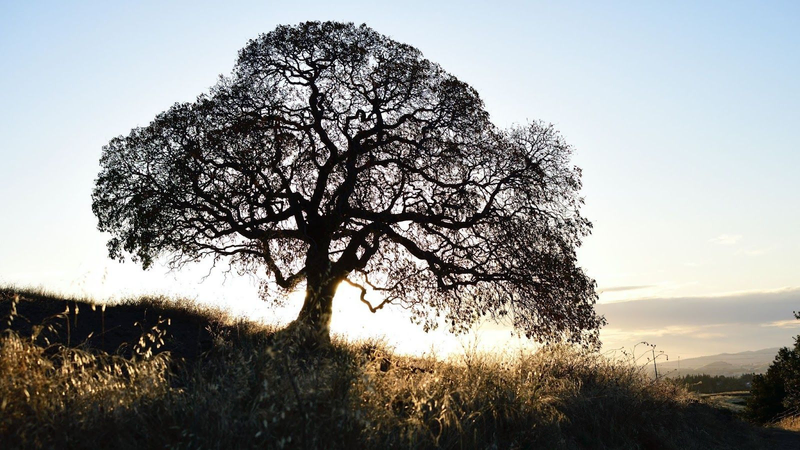
American Oak its distinctly open grain structure means it contains more fibrous wood layers than its French cousins, and can impart more tannins in a shorter period of time than French Oak. It can lend more structure to wines overall over the course of barrel aging, a structure that has to be matched by the winemaker’s style or goal.
As for notes, American Oak imparts stronger, more intense vanilla , coconut, and sweet spice notes, even notes of dill (dill notes can be tempered by a barrel’s char).
This can add an extra layer of complexity to wines that already have rich fruit profiles, matching their stronger flavors with the same level of richness.
The Role of Ecology in Shaping Oak Characteristics

Ecology and environmental factors play a pivotal role in shaping the properties of both French and American Oak, from climate to soil conditions.
The soils that host these mighty Oaks significantly impact their growth patterns. In France, limestone-based soils and cooler weather lead to slower-growing trees with tighter grain structures. The majority of French Oak forests are managed and controlled by the French government and great effort is taken in selecting the trees destined to be wine barrels. This scrupulous management results in straight, tightly grained trees ideal for the purposes of winemaking (and fine woodwork like furniture).
This contributes towards more subtle yet aromatic flavors when used for barrel aging.
In contrast, American Oak often grows on richer, loamy soils in warmer, more temperate climates , leading to quicker growth rates and wider grains .
Comparing French and American Oak Barrels in Winemaking

The tale of Oak barrels in winemaking is a duel between two titans; they each offer unique qualities to the wines they age.
Different Flavors for Different Palates
French Oak tends to impart subtle, complex flavors such as cinnamon, nutmeg, and clove, as well as vanilla, and toasted bread. It’s like adding just a hint of seasoning to your favorite dish.
On the other hand, American Oak gives bolder notes – think vanilla extract and sweet coconut.
Aging Potential: The Slow Dance vs The Quickstep
French Oak lets wine age gracefully over time , as wine evaporates less from barrels of this Oak type, producing a naturally slower oxidation – it’s akin to dancing a slow waltz with time itself.
When you’re thirsty for more immediate results, reach out for an American-Oak-aged bottle, which often goes through a more rapid oxidation process in the barrel, like doing the quickstep at a dance party.
Price Tag Battle: Affordability Meets Luxury
If we turn our attention towards cost-effectiveness, then this round goes straight into the hands of American Oak . Its availability makes it more affordable than its French counterpart.
But remember that sometimes investing in luxury, like French Oak , can lead to a more luxurious wine , and can definitely be worth the higher price tag.
Popular Wine Styles Using French and American Oak
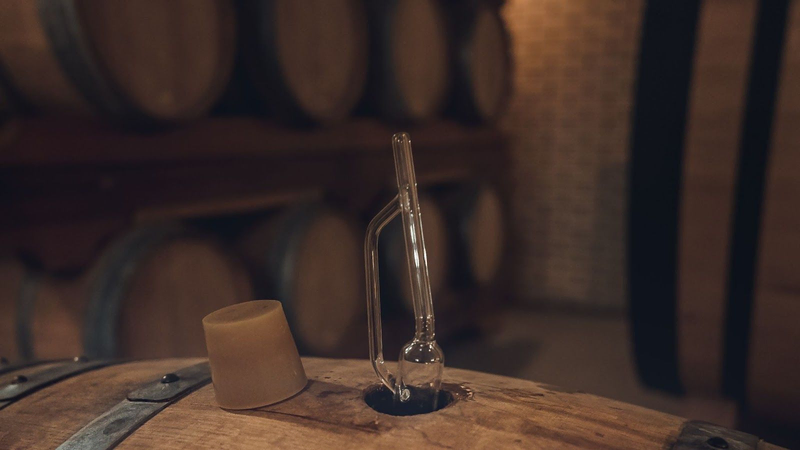
The choice of Oak, be it French or American, plays a significant role in shaping the character of wine.
For instance, Chardonnay thrives when aged in French Oak barrels because its subtle flavors harmonize with the delicate vanilla undertones that this type of wood imparts.
In contrast, bold reds like Cabernet Sauvignon often get paired with American Oak. The intense notes of coconut and sweet spice from these barrels can complement the robust nature of such wines perfectly.
French Oak’s Influence on Pinot Noir
A match made in heaven – that’s what you could call Pinot Noir ‘s relationship with French Oak.
This light-bodied red grape appreciates the gentle touch provided by the tighter grain structure and lower tannin content inherent to French Oaks. It allows for slow maturation without overwhelming Pinot Noir’s naturally elegant profile.
Zinfandel: A Testament to American Oak Versatility
On the other side stands Zinfandel , a varietal symbolizing America itself – full-bodied, fruit-forward, yet complex.
To enhance its ripe berry essence further, more rich caramel nuances are introduced through aging in charred interior surfaces typical for American Oak barrels, making each sip an adventure into depths unknown.
The Evolution of Oak Usage in the Wine Industry
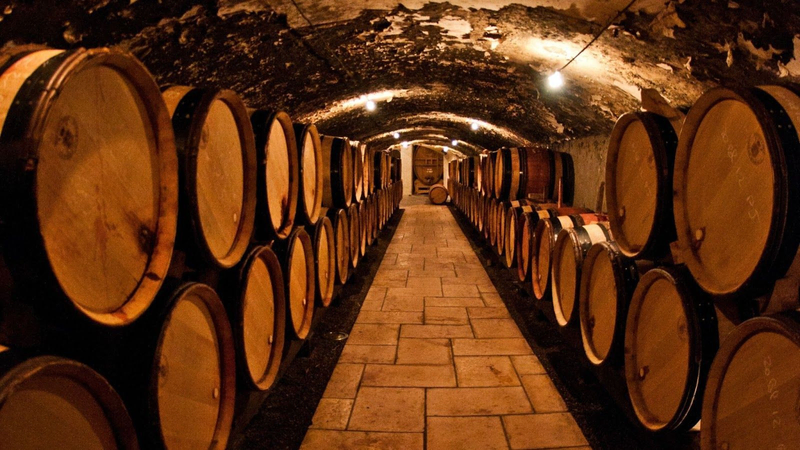
There’s a fascinating history behind how Oak became a cornerstone in winemaking. In the past, wine was stored and transported in whatever wood was available locally.
This changed when French winemakers discovered that their local French Oak, with its tight grain and tannic content, added delightful, aromatic complexities to their wines.
American Oak Enters The Scene
When European settlers came to America, they found vast forests of White Oak. This American cousin offered unique flavors due to differences like wider grains and higher tannins.
American Oak was soon adopted by whiskey makers and distilleries while also gaining traction among New World vintners.
Trends Over Time: A Pendulum Swing?
In the 1980s and ’90s, bold red wines aged heavily in new American Oak gained popularity for their strong vanilla and coconut notes. But tastes evolve; some felt these flavors masked more subtle nuances within the wine itself.
The Present Day: A Blend Of Old And New Practices
Today, many winemakers use both types of barrels or blend wines aged separately. It lets them control flavor profiles more precisely than ever before – a testament to our never-ending pursuit of perfecting this ancient craft.
FAQs on French Oak vs American Oak Wine Barrels
Is American or French Oak better?
The choice between American and French Oak depends on the wine style. Bold, full-bodied wines often benefit from American Oak’s robust flavors while subtle, nuanced wines prefer French Oak.
Is French or American Oak better for Cabernet Sauvignon?
For Cabernet Sauvignon, French Oak offers subtle, complex flavors, ideal for a more elegant style, while American Oak provides bold vanilla and spice notes, suitable for a more robust profile. The choice depends on the winemaker’s desired flavor expression for the wine.
How do French Oak Barrels vs. American Oak Barrels Affect the Cost of Wine?
French Oak barrels, being more expensive and imparting subtler flavors that require longer aging, can increase the cost of wine, whereas American Oak barrels are less costly and allow for shorter aging periods, potentially reducing the wine’s price. The choice of barrel type influences not only production costs but also market perception and demand , affecting the final cost of the wine.
French vs. American Oak – From Grape to Barrel
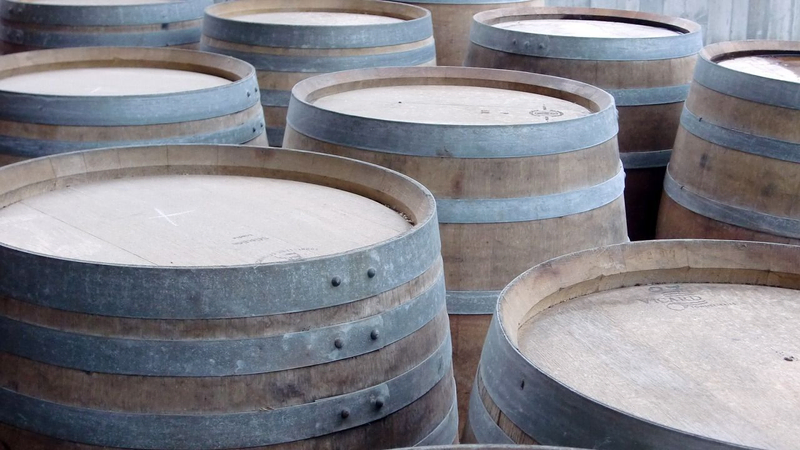
French Oak vs American Oak – that’s the heart of our wine tale. The distinct flavors , aging capabilities , and costs all make a difference.
We learned how these Oak types influence wines’ character in their unique ways. French Oak adds subtle vanilla and spice notes and smooth tannins while American Oak brings bold vanilla tones and strong tannins to the table.
Environment matters too! It shapes an Oak’s characteristics which ultimately impacts our beloved wines.
Remember, there isn’t a ‘better’ choice between the two – it all boils down to personal preference or specific winemaking goals . So next time you enjoy your glass of vino, think about its story – from grape to barrel!